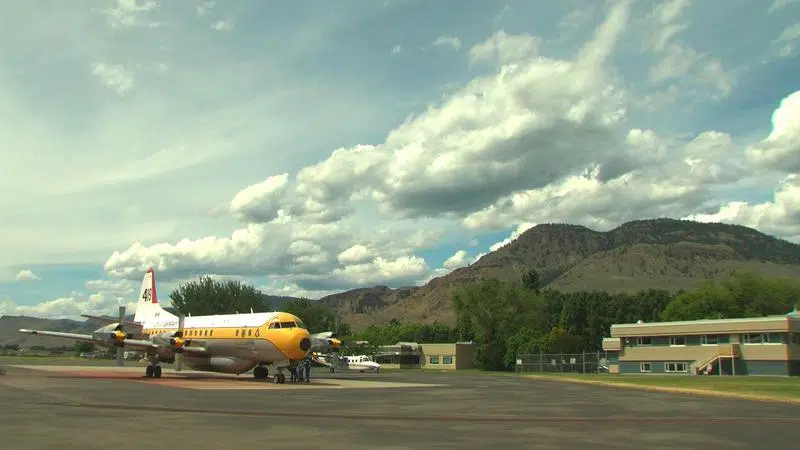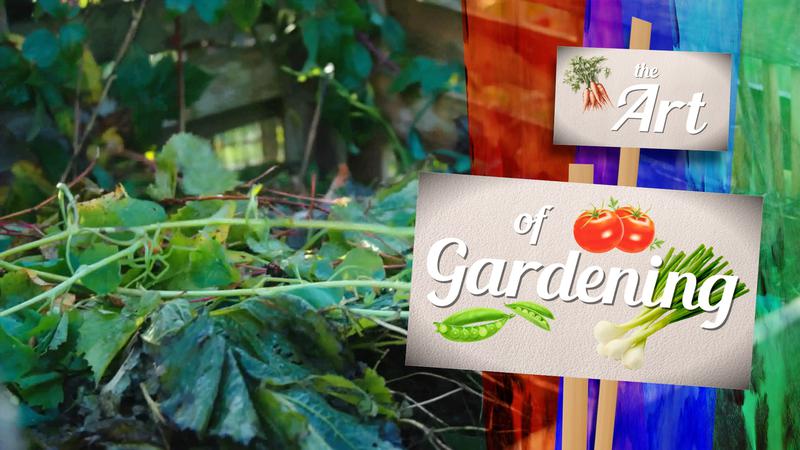
Air Tankers: BC’s first line of defense against wildfires
KAMLOOPS — The BC Wildfire Service has plenty of tools to use in its wildfire fighting efforts; maybe the most effective tool is air superiority. Each year, the Wildfire Service employs dozens of aircraft to fight fires all across BC, all of which are marshaled out of the Provincial Wildfire Coordination Centre here in Kamloops. As CFJC Today found out, the aircraft are assets vital to ensuring the safety of British Columbians during the wildfire season.
It’s a sight many British Columbians have become accustomed to over the past several summers. Aircraft are often used as the first line of defense in the fight against wildfires.
“Air tankers are a very important resource, in terms of being able to respond to wildfires,” Michael Benson, Air Tanker Program Superintendent with BC Wildfire Service explains. “They’re very, very fast — that’s their greatest value proposition, and they have a lot of capacity. They really are a powerful tool.”




